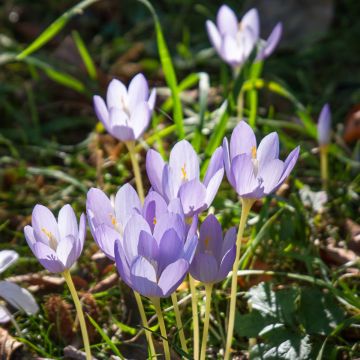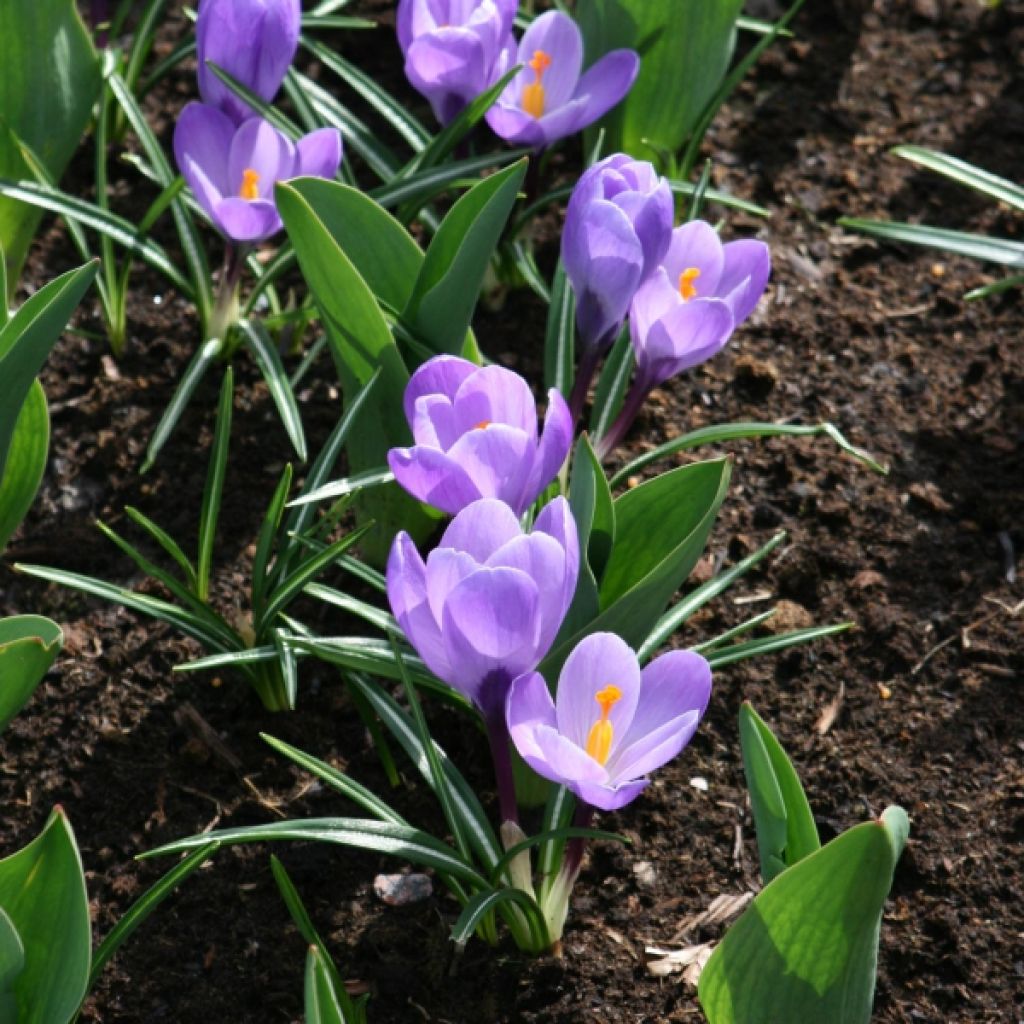

Crocus vernus Grand Maître


Crocus vernus Grand Maître
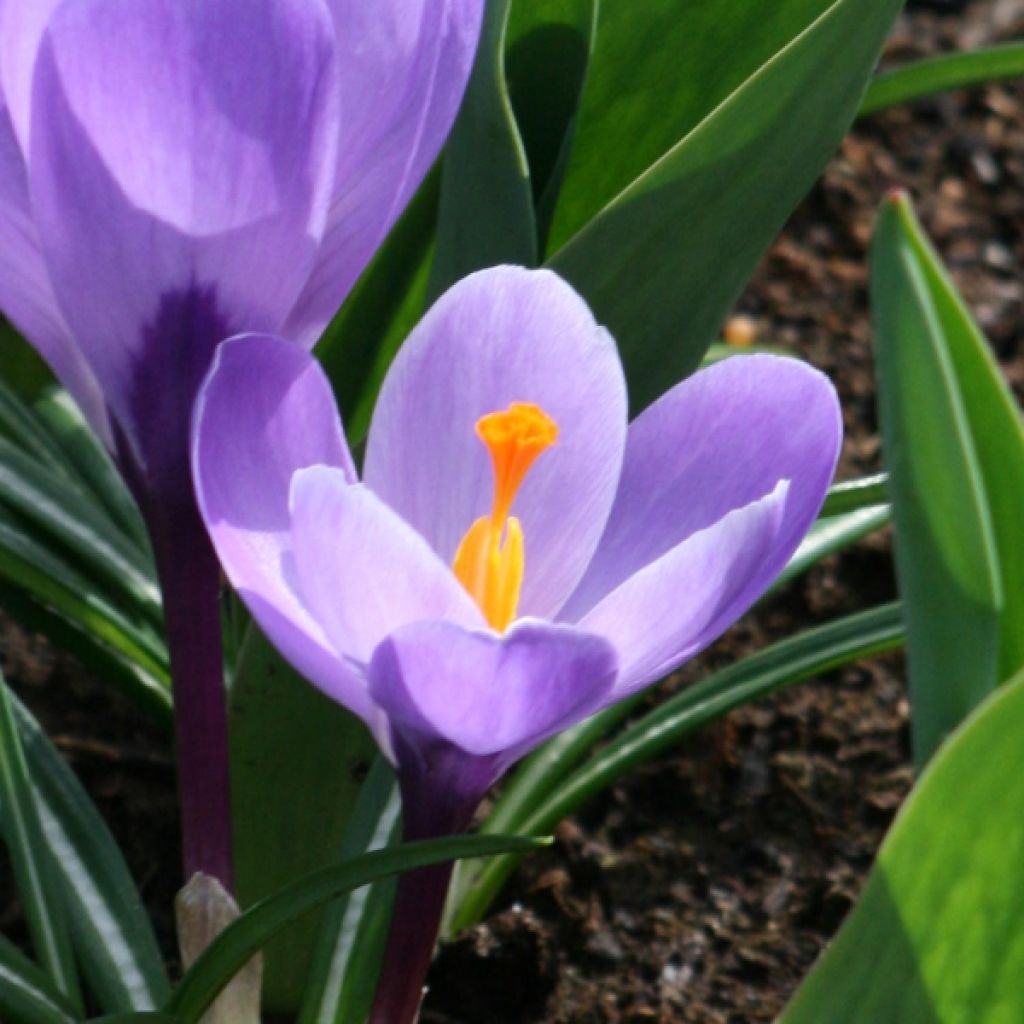

Crocus vernus Grand Maître
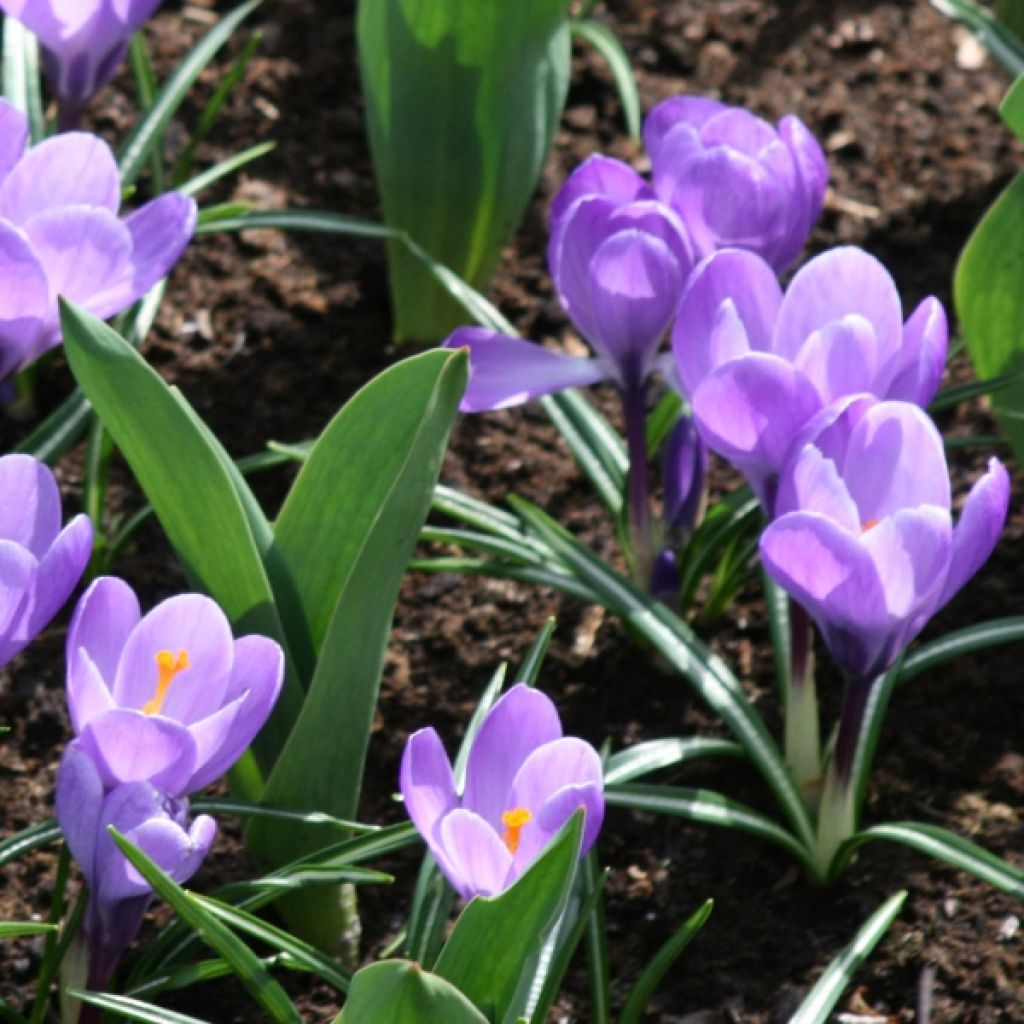

Crocus vernus Grand Maître
View more pictures
Hide images
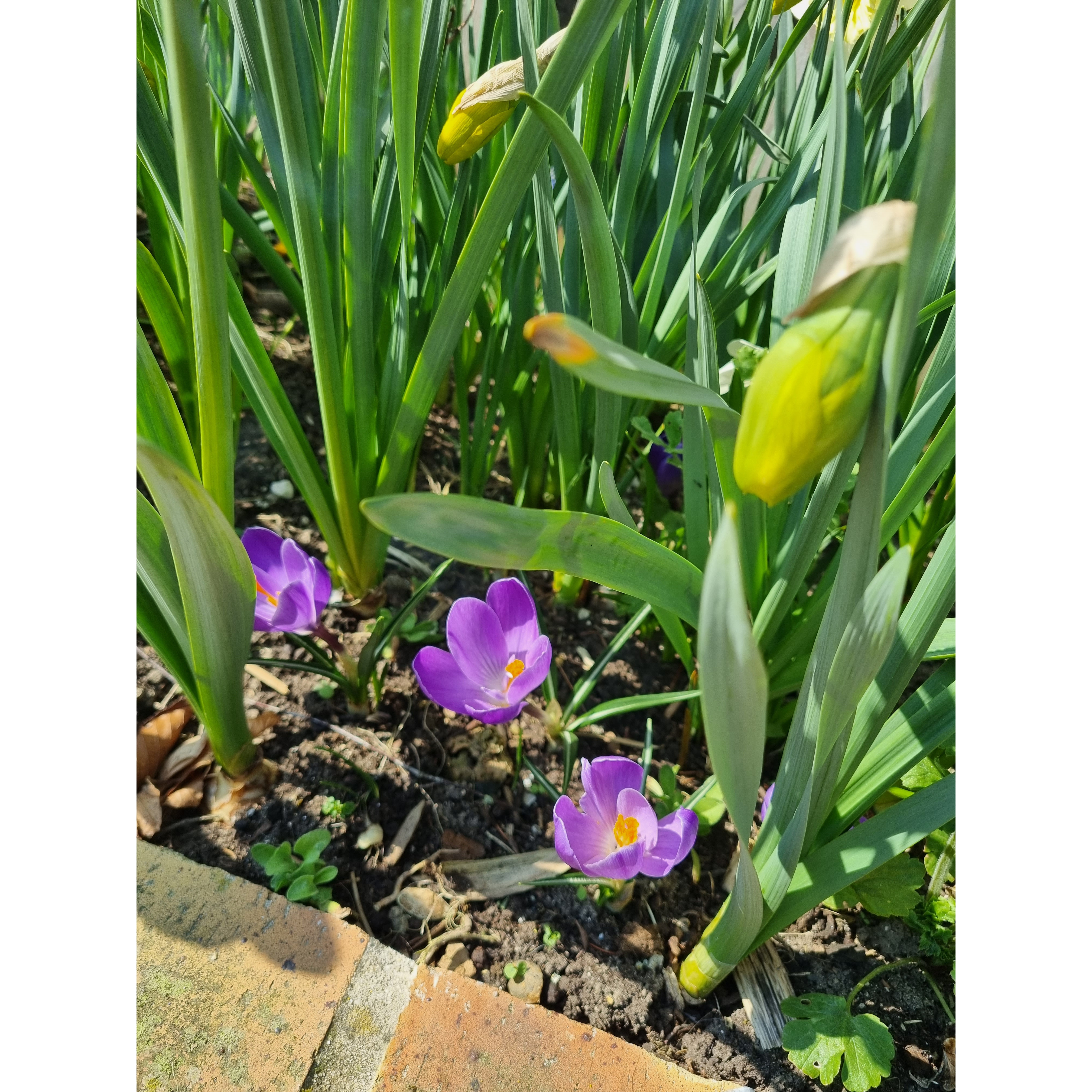
Annesophie B.

Annesophie B. • 80 FR
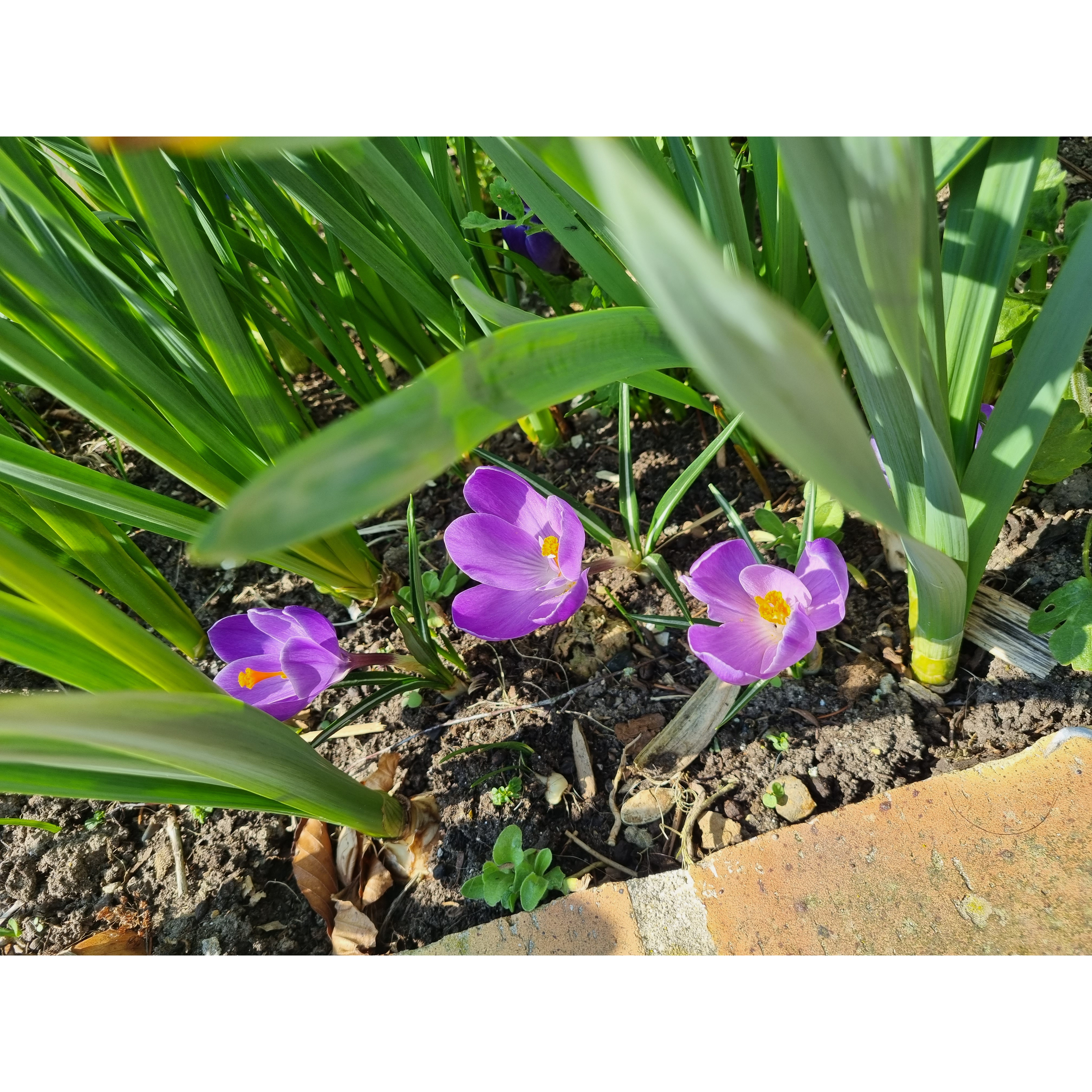
Annesophie B.

Crocus
Annesophie B. • 80 FR
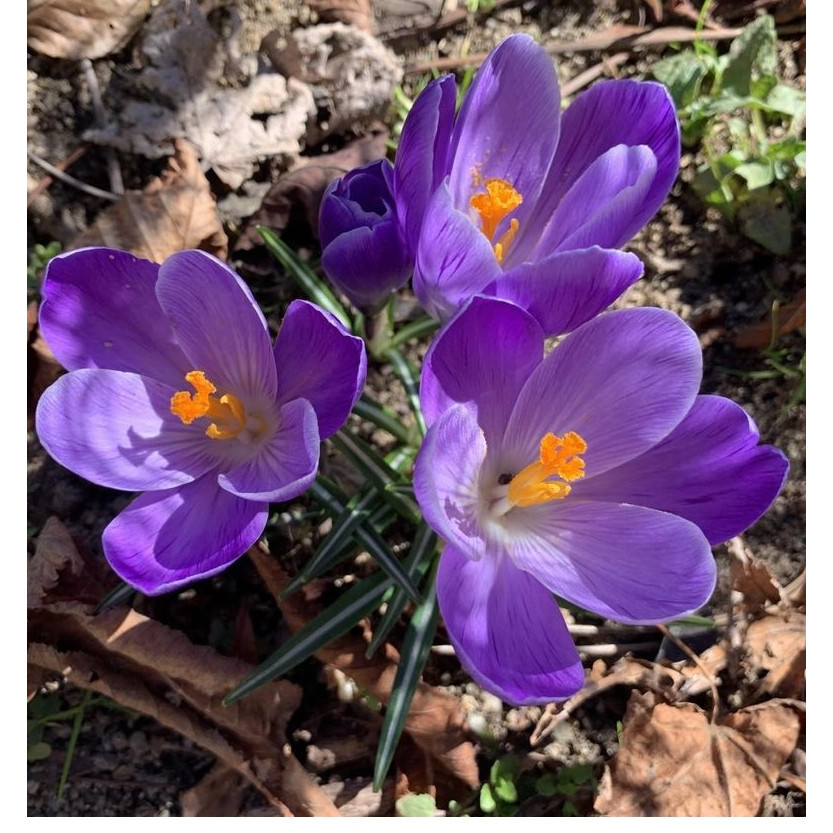
Christelle B.

Crocus Grand Maître
Christelle B. • 03 FR
Crocus vernus Grand Maître
Crocus x vernus Grand Maître
Spring crocus, Dutch crocus
Perfect. Ready to bloom again for the second year.
Boris, 20/02/2025
Special offer!
Receive a €20 voucher for any order over €90 (excluding delivery costs, credit notes, and plastic-free options)!
1- Add your favorite plants to your cart.
2- Once you have reached €90, confirm your order (you can even choose the delivery date!).
3- As soon as your order is shipped, you will receive an email containing your voucher code, valid for 3 months (90 days).
Your voucher is unique and can only be used once, for any order with a minimum value of €20, excluding delivery costs.
Can be combined with other current offers, non-divisible and non-refundable.
This plant carries a 6 months recovery warranty
More information
We guarantee the quality of our plants for a full growing cycle, and will replace at our expense any plant that fails to recover under normal climatic and planting conditions.

Would this plant suit my garden?
Set up your Plantfit profile →
Description
Crocus 'Grand Maître' is a generous and prolific bulbous plant that brings life to lawns and flower beds as soon as spring returns. Between February and March, it produces large cup-shaped flowers, typical of the genus, carried by a short peduncle, with violet or lilac petals and golden stamens. It will thrive in any moist but well-drained soil that is not too poor. It can easily naturalise if it is happy.
Crocus 'Grand Maître' belongs to the Iridaceae family (like Irises or gladioli). This genus currently includes about 230 recognised species, often quite difficult to differentiate from each other. Some appreciate the undergrowth, others rocky steppes, and still others meadows. 'Grand Maître' is the result of extensive hybridisation, particularly with C. vernus, a species that belongs to meadow crocuses and is found in Europe up to an altitude of 2300m (7546ft). It belongs to the group of Mammoth crocuses, characterised by their vigour and large size. This variety has opulent flowering, with large flowers reaching 15 to 20cm (6 to 8in), with 6 blue-violet or lilac petals in a cup shape, all set with attractive golden stamens. It is an early variety, as it blooms in February. It can bloom until March or April, depending on the region. The long, slender leaves appear shortly before flowering. They are marked with a central white line that contains the stomata, the openings that allow gas exchange with the atmosphere. A few weeks later, the foliage turns yellow and disappears once enough reserves have been stored. It is therefore important not to cut or mow the leaves while they are green, to protect the flowering of future years.
Crocus 'Grand Maître' is an easy and floriferous bulbous plant. It appreciates limestone, but will be satisfied with any well-drained good garden soil that is not too dry or too wet. You can plant it in flower beds, rockeries, and along paths. Scatter your bulbs randomly or create groups of several individuals to create a beautiful effect. Planting a large number of bulbs is preferable to achieve a quick result. Unfortunately, voles eat crocuses, so it is best to be careful if these rodents occupy your land. One solution is to plant them among daffodils or snowdrops, which voles do not like.
Play with shades with Crocus 'Flower Record', or create contrasts with C. ancyrensis 'Golden Bunch', a superb golden variety. By combining it with other later-flowering crocus varieties like C. 'Vanguard', you can also extend the flowering period for several weeks.
Report an error about the product description
Plant habit
Flowering
Foliage
Botanical data
Crocus
x vernus
Grand Maître
Iridaceae
Spring crocus, Dutch crocus
Cultivar or hybrid
Other Spring Crocus
View all →Planting and care
Place this crocus preferably in the sun. You can also put it in partial shade. Plant the bulbs from September to December, frost-free, in any light, moist but well-drained soil. The crocus withstands summer drought, a period during which the bulb rests underground. The bulbs should be placed with the tip facing upwards, at a depth of 5cm (2in) and spaced 5cm (2in) apart, or in groups of three every 15 to 20cm (6 to 8in). In a pot or planter, plant the bulbs tightly. After planting, do not touch the bulbs. Once the flowering is finished, cut off the faded flowers and leave the bulbs in the ground. They will form increasingly flowering clumps. Do not cut the foliage before it turns yellow. If you want to remove the bulbs, wait until the foliage has dried.
Planting period
Intended location
Care
-
, onOrder confirmed
Reply from on Promesse de fleurs
Haven't found what you were looking for?
Hardiness is the lowest winter temperature a plant can endure without suffering serious damage or even dying. However, hardiness is affected by location (a sheltered area, such as a patio), protection (winter cover) and soil type (hardiness is improved by well-drained soil).

Photo Sharing Terms & Conditions
In order to encourage gardeners to interact and share their experiences, Promesse de fleurs offers various media enabling content to be uploaded onto its Site - in particular via the ‘Photo sharing’ module.
The User agrees to refrain from:
- Posting any content that is illegal, prejudicial, insulting, racist, inciteful to hatred, revisionist, contrary to public decency, that infringes on privacy or on the privacy rights of third parties, in particular the publicity rights of persons and goods, intellectual property rights, or the right to privacy.
- Submitting content on behalf of a third party;
- Impersonate the identity of a third party and/or publish any personal information about a third party;
In general, the User undertakes to refrain from any unethical behaviour.
All Content (in particular text, comments, files, images, photos, videos, creative works, etc.), which may be subject to property or intellectual property rights, image or other private rights, shall remain the property of the User, subject to the limited rights granted by the terms of the licence granted by Promesse de fleurs as stated below. Users are at liberty to publish or not to publish such Content on the Site, notably via the ‘Photo Sharing’ facility, and accept that this Content shall be made public and freely accessible, notably on the Internet.
Users further acknowledge, undertake to have ,and guarantee that they hold all necessary rights and permissions to publish such material on the Site, in particular with regard to the legislation in force pertaining to any privacy, property, intellectual property, image, or contractual rights, or rights of any other nature. By publishing such Content on the Site, Users acknowledge accepting full liability as publishers of the Content within the meaning of the law, and grant Promesse de fleurs, free of charge, an inclusive, worldwide licence for the said Content for the entire duration of its publication, including all reproduction, representation, up/downloading, displaying, performing, transmission, and storage rights.
Users also grant permission for their name to be linked to the Content and accept that this link may not always be made available.
By engaging in posting material, Users consent to their Content becoming automatically accessible on the Internet, in particular on other sites and/or blogs and/or web pages of the Promesse de fleurs site, including in particular social pages and the Promesse de fleurs catalogue.
Users may secure the removal of entrusted content free of charge by issuing a simple request via our contact form.
The flowering period indicated on our website applies to countries and regions located in USDA zone 8 (France, the United Kingdom, Ireland, the Netherlands, etc.)
It will vary according to where you live:
- In zones 9 to 10 (Italy, Spain, Greece, etc.), flowering will occur about 2 to 4 weeks earlier.
- In zones 6 to 7 (Germany, Poland, Slovenia, and lower mountainous regions), flowering will be delayed by 2 to 3 weeks.
- In zone 5 (Central Europe, Scandinavia), blooming will be delayed by 3 to 5 weeks.
In temperate climates, pruning of spring-flowering shrubs (forsythia, spireas, etc.) should be done just after flowering.
Pruning of summer-flowering shrubs (Indian Lilac, Perovskia, etc.) can be done in winter or spring.
In cold regions as well as with frost-sensitive plants, avoid pruning too early when severe frosts may still occur.
The planting period indicated on our website applies to countries and regions located in USDA zone 8 (France, United Kingdom, Ireland, Netherlands).
It will vary according to where you live:
- In Mediterranean zones (Marseille, Madrid, Milan, etc.), autumn and winter are the best planting periods.
- In continental zones (Strasbourg, Munich, Vienna, etc.), delay planting by 2 to 3 weeks in spring and bring it forward by 2 to 4 weeks in autumn.
- In mountainous regions (the Alps, Pyrenees, Carpathians, etc.), it is best to plant in late spring (May-June) or late summer (August-September).
The harvesting period indicated on our website applies to countries and regions in USDA zone 8 (France, England, Ireland, the Netherlands).
In colder areas (Scandinavia, Poland, Austria...) fruit and vegetable harvests are likely to be delayed by 3-4 weeks.
In warmer areas (Italy, Spain, Greece, etc.), harvesting will probably take place earlier, depending on weather conditions.
The sowing periods indicated on our website apply to countries and regions within USDA Zone 8 (France, UK, Ireland, Netherlands).
In colder areas (Scandinavia, Poland, Austria...), delay any outdoor sowing by 3-4 weeks, or sow under glass.
In warmer climes (Italy, Spain, Greece, etc.), bring outdoor sowing forward by a few weeks.






























